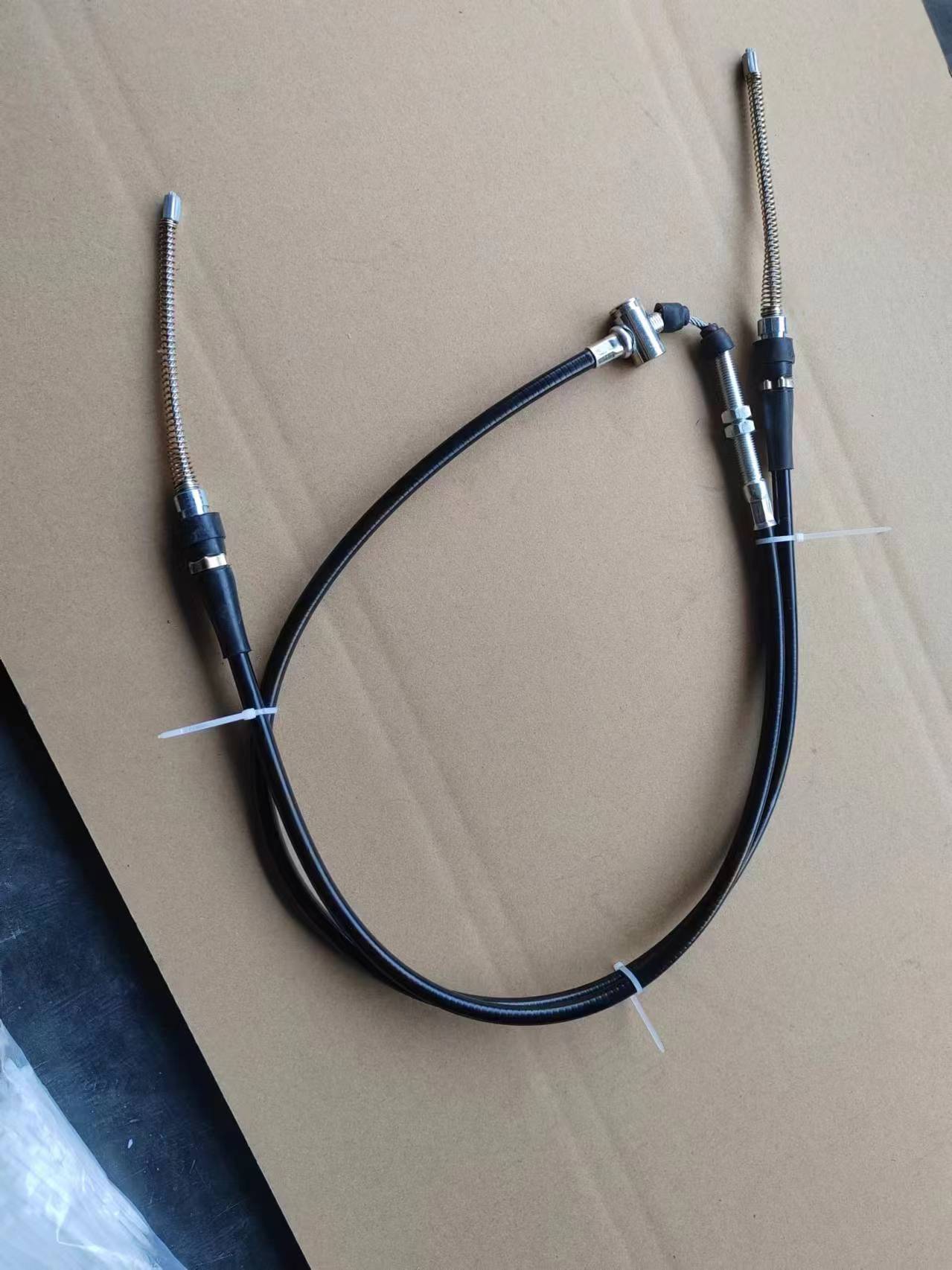push pull throttle cable
Understanding Push-Pull Throttle Cables Essential Components for Engine Control
In the realm of mechanical systems, particularly in automotive and aviation technology, the push-pull throttle cable plays a crucial role in controlling the engine's performance. This seemingly simple component serves as the communication link between the throttle pedal or lever and the engine's throttle body, allowing for seamless manipulation of engine power and response.
What is a Push-Pull Throttle Cable?
A push-pull throttle cable is a flexible cable assembly designed to transmit motion. It typically consists of a metal wire housed within a protective sheath. The design enables the cable to either push or pull, facilitating the operation of the throttle mechanism in various vehicles. When the driver presses the accelerator pedal, the motion is transferred via the cable to adjust the throttle valve, regulating air and fuel flow into the engine.
Components and Functionality
The key components of a push-pull throttle cable include the inner wire, outer casing, and end fittings. The inner wire is responsible for transmitting the pulling and pushing forces, while the outer casing provides support and helps protect the wire from external elements. The end fittings, often made of durable materials, connect the cable to both the throttle body and the input device, such as the pedal or lever.
One of the main advantages of using push-pull throttle cables is their simplicity and reliability
. The mechanical nature of these cables means they require minimal maintenance compared to electronic throttle control systems, which can be affected by electrical failures.Common Applications
push pull throttle cable

Push-pull throttle cables are commonly found in various applications, from motorcycles to industrial machinery. In motorcycles, these cables allow riders to effortlessly control acceleration, enhancing the overall riding experience. In marine applications, push-pull cables are used to manage throttle control in boats, providing a smooth transition in speed and performance.
Installation and Maintenance
Proper installation of push-pull throttle cables is essential for optimal function. Incorrect routing or insufficient tension can lead to throttle lag or a complete failure to respond. It is crucial to follow manufacturer specifications during installation to ensure safety and effectiveness.
Maintenance of these cables involves regular inspections for wear and tear. Factors such as exposure to the elements, friction, and mechanical stress can affect the durability of the cable over time. Signs of damage may include fraying of the cable, binding during operation, or a noticeable decrease in throttle response.
In the event of failure, replacing a push-pull throttle cable is generally straightforward, making it a manageable task for those with basic mechanical skills. Most replacement cables are designed for quick installation, often featuring adjustable mounting points for precise fitment.
Conclusion
Push-pull throttle cables are indispensable in the mechanics of controlling engine performance across numerous applications. Their straightforward design, reliability, and ease of maintenance make them a preferred choice for many manufacturers and vehicle owners. Whether in a motorcycle, car, or boat, understanding how these cables work can empower users to maintain their vehicles effectively and ensure smoother operation. As technology evolves, the fundamental principles behind push-pull throttle cables remain essential, providing a direct connection between the operator and the machine’s power source.
-
Workings of Clutch Pipe and Hose SystemsNewsJun.04,2025
-
The Inner Workings of Hand Brake Cable SystemsNewsJun.04,2025
-
The Secrets of Throttle and Accelerator CablesNewsJun.04,2025
-
The Hidden Lifeline of Your Transmission Gear Shift CablesNewsJun.04,2025
-
Demystifying Gear Cables and Shift LinkagesNewsJun.04,2025
-
Decoding Clutch Line Systems A Comprehensive GuideNewsJun.04,2025
